Sustainability remains one of the buzzwords bandied about as a target that all enterprises in agriculture are expected to strive towards. There is nothing wrong with the concept of sustainability per se, as the agricultural sector must always be willing to differentiate itself and put its best foot forward.
The challenge or problem with sustainability is determining what exactly it means, given there is often a tendency for people to shape its meaning to suit their own agenda. The meaning that is most often taken from the word, or area, is environmental sustainability.
Within this, there are also a number of facets including maintaining water quality, preserving the landscape and, in recent times, the word has often been brought into discussions surrounding a reduction in greenhouse gas emissions.
The Irish sheep sector can confidently tick that box – it is well-positioned in terms of adhering to all of these areas.
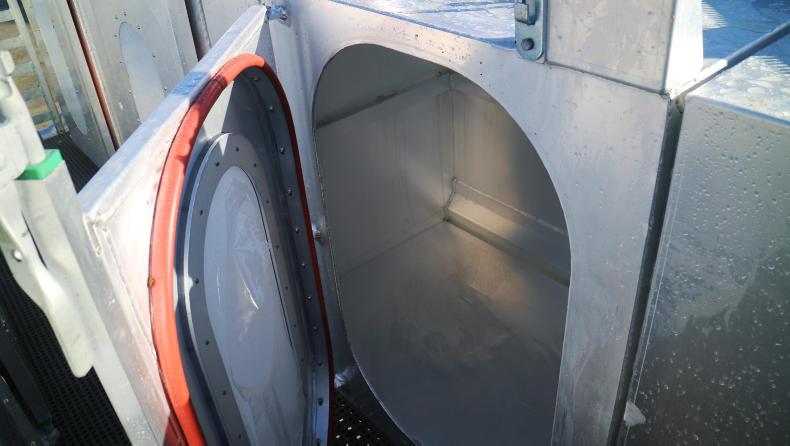
Sheep will spend a short duration in the chamber allowing methane gas production to be recorded.
A large percentage of the sector is as close to organic as is possible without actually being classified as such. Even the intensive units use typically low levels of inputs. This bodes well for water quality. Another major benefit in this regard is that there is low pressure on slurry storage and hardly ever any pressure to apply it once the prohibited application period has elapsed.
While the sector is confident it performs positively in terms of greenhouse gas emissions, we do not have the research to prove it.
As will be discussed later in this article, this is a missing piece of the jigsaw that, thankfully, Teagasc, Sheep Ireland and CAFRE are currently researching. This, in my opinion, is important information to capture, as discussions on climate change can often be based on non-scientific statements. Research and knowledge are required to confidently counteract any false assertions.
In terms of preserving our landscape, the sheep sector is integral to maintaining what is classed as high nature value farmland. We have seen quite clearly from experience that without the presence of sheep on hill, mountain and marginal land areas, the landscape would quickly return to scrub, followed by dense vegetation and woodland.
Unprofitable enterprises
The challenge in maintaining these beneficial areas is that the economics of hill sheep farming are vulnerable, with the average farm needing to dip well into direct payments to keep the enterprise afloat. This questions farm sustainability and there is no doubt that if sheep farms are not economically sustainable then the whole system is at risk of breaking down.
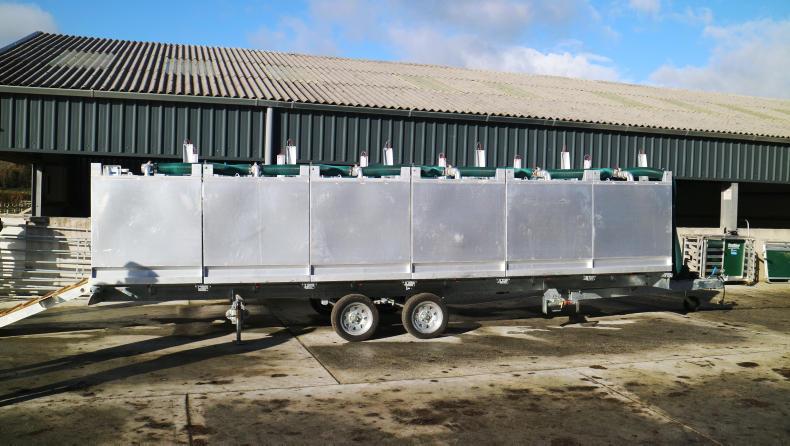
The PAC chambers can collect samples from 12 sheep and can be brought direct to the field to minimise disruption to normal behaviour.
The saying that farmers in these areas are farming the environment and using sheep to do so is apt in this regard. As such, there needs to be an appreciation that farmers must to be rewarded for doing so and, particularly, where there are question marks around significant levels of work required to prevent scrub encroachment or to regenerate certain areas.
There are a number of results-based projects that can provide leadership in this area and establish a funding model that can be put in place to justify farmers carrying out this work.
The Burren Life Project is the best-known project on a national basis but other European Innovation Partnership projects, such as the Sustainable Uplands Agri-Environment Scheme (SUAS) and the Blackstairs Farming Futures Sustainable farming project, are especially suited to determining programmes which may work in hill and mountain areas.
The big question in this regard is if there will be funding available for such schemes and, if so, will consumers value it to a degree that they are happy to see funding used in this manner.
Wool is an excellent natural fibre but is more expensive to process compared to synthetic fibres and is therefore overlooked in the manufacture of clothes or other uses
On the face of it, consumers regularly say they are committed to safeguarding the environment but we know that this is a statement that is frequently no more than pandering to society expectations. The sheep sector is a perfect example of this. Many segments of society are becoming more vocal against the use of fossil fuels or plastics but are not willing to dig deeper into their pockets to bring about change.
Wool is an excellent natural fibre but is more expensive to process compared to synthetic fibres and is therefore overlooked in the manufacture of clothes or other uses such as insulation. It is a similar situation with sheep skins and cow hides with synthetic fibres overtaking leather goods and leaving this once valuable byproduct close to worthless.
The agricultural sector and farmers should not be shy in informing consumers exactly where monies spent through CAP are used and leave consumers under no illusion that what they often take for granted in terms of environmental sustainability represents a significant cost to maintain.
The other big concern threatening farmer sustainability are the policies which prevent producers from farming in a manner which they know is good for the environment. There are programmes in Scotland and Northern Ireland that prevent sheep being run on certain hill and mountain areas for long periods of the year, yet farmers know that what will benefit certain areas most is a low stocking rate that will keep vegetation in a productive state.
The level of restrictions on some designated areas make it impossible for producers to farm with any degree of freedom
There is a growing reluctance by farmers to enter into certain schemes for fear that a short-term gain will end up having negative consequences in the long-term.
The level of restrictions on some designated areas make it impossible for producers to farm with any degree of freedom. For future scheme to work, farmers will have to be involved in their design and implementation and have a greater confidence that participating in them will not leave them in a worse position.
Sustainability remains one of the buzzwords bandied about as a target that all enterprises in agriculture are expected to strive towards. There is nothing wrong with the concept of sustainability per se, as the agricultural sector must always be willing to differentiate itself and put its best foot forward.
The challenge or problem with sustainability is determining what exactly it means, given there is often a tendency for people to shape its meaning to suit their own agenda. The meaning that is most often taken from the word, or area, is environmental sustainability.
Within this, there are also a number of facets including maintaining water quality, preserving the landscape and, in recent times, the word has often been brought into discussions surrounding a reduction in greenhouse gas emissions.
The Irish sheep sector can confidently tick that box – it is well-positioned in terms of adhering to all of these areas.

Sheep will spend a short duration in the chamber allowing methane gas production to be recorded.
A large percentage of the sector is as close to organic as is possible without actually being classified as such. Even the intensive units use typically low levels of inputs. This bodes well for water quality. Another major benefit in this regard is that there is low pressure on slurry storage and hardly ever any pressure to apply it once the prohibited application period has elapsed.
While the sector is confident it performs positively in terms of greenhouse gas emissions, we do not have the research to prove it.
As will be discussed later in this article, this is a missing piece of the jigsaw that, thankfully, Teagasc, Sheep Ireland and CAFRE are currently researching. This, in my opinion, is important information to capture, as discussions on climate change can often be based on non-scientific statements. Research and knowledge are required to confidently counteract any false assertions.
In terms of preserving our landscape, the sheep sector is integral to maintaining what is classed as high nature value farmland. We have seen quite clearly from experience that without the presence of sheep on hill, mountain and marginal land areas, the landscape would quickly return to scrub, followed by dense vegetation and woodland.
Unprofitable enterprises
The challenge in maintaining these beneficial areas is that the economics of hill sheep farming are vulnerable, with the average farm needing to dip well into direct payments to keep the enterprise afloat. This questions farm sustainability and there is no doubt that if sheep farms are not economically sustainable then the whole system is at risk of breaking down.

The PAC chambers can collect samples from 12 sheep and can be brought direct to the field to minimise disruption to normal behaviour.
The saying that farmers in these areas are farming the environment and using sheep to do so is apt in this regard. As such, there needs to be an appreciation that farmers must to be rewarded for doing so and, particularly, where there are question marks around significant levels of work required to prevent scrub encroachment or to regenerate certain areas.
There are a number of results-based projects that can provide leadership in this area and establish a funding model that can be put in place to justify farmers carrying out this work.
The Burren Life Project is the best-known project on a national basis but other European Innovation Partnership projects, such as the Sustainable Uplands Agri-Environment Scheme (SUAS) and the Blackstairs Farming Futures Sustainable farming project, are especially suited to determining programmes which may work in hill and mountain areas.
The big question in this regard is if there will be funding available for such schemes and, if so, will consumers value it to a degree that they are happy to see funding used in this manner.
Wool is an excellent natural fibre but is more expensive to process compared to synthetic fibres and is therefore overlooked in the manufacture of clothes or other uses
On the face of it, consumers regularly say they are committed to safeguarding the environment but we know that this is a statement that is frequently no more than pandering to society expectations. The sheep sector is a perfect example of this. Many segments of society are becoming more vocal against the use of fossil fuels or plastics but are not willing to dig deeper into their pockets to bring about change.
Wool is an excellent natural fibre but is more expensive to process compared to synthetic fibres and is therefore overlooked in the manufacture of clothes or other uses such as insulation. It is a similar situation with sheep skins and cow hides with synthetic fibres overtaking leather goods and leaving this once valuable byproduct close to worthless.
The agricultural sector and farmers should not be shy in informing consumers exactly where monies spent through CAP are used and leave consumers under no illusion that what they often take for granted in terms of environmental sustainability represents a significant cost to maintain.
The other big concern threatening farmer sustainability are the policies which prevent producers from farming in a manner which they know is good for the environment. There are programmes in Scotland and Northern Ireland that prevent sheep being run on certain hill and mountain areas for long periods of the year, yet farmers know that what will benefit certain areas most is a low stocking rate that will keep vegetation in a productive state.
The level of restrictions on some designated areas make it impossible for producers to farm with any degree of freedom
There is a growing reluctance by farmers to enter into certain schemes for fear that a short-term gain will end up having negative consequences in the long-term.
The level of restrictions on some designated areas make it impossible for producers to farm with any degree of freedom. For future scheme to work, farmers will have to be involved in their design and implementation and have a greater confidence that participating in them will not leave them in a worse position.






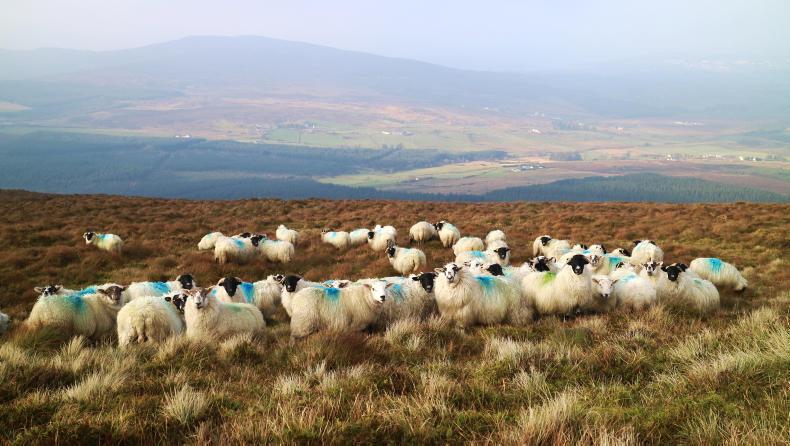
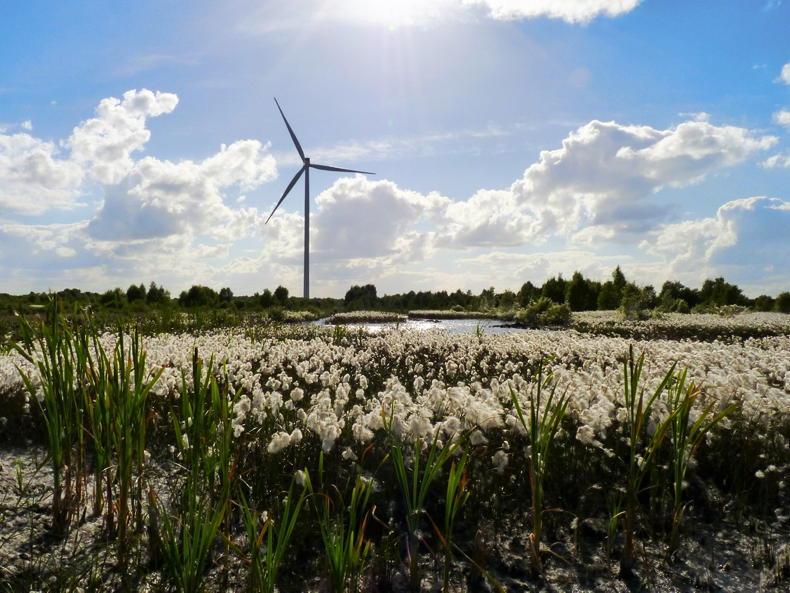
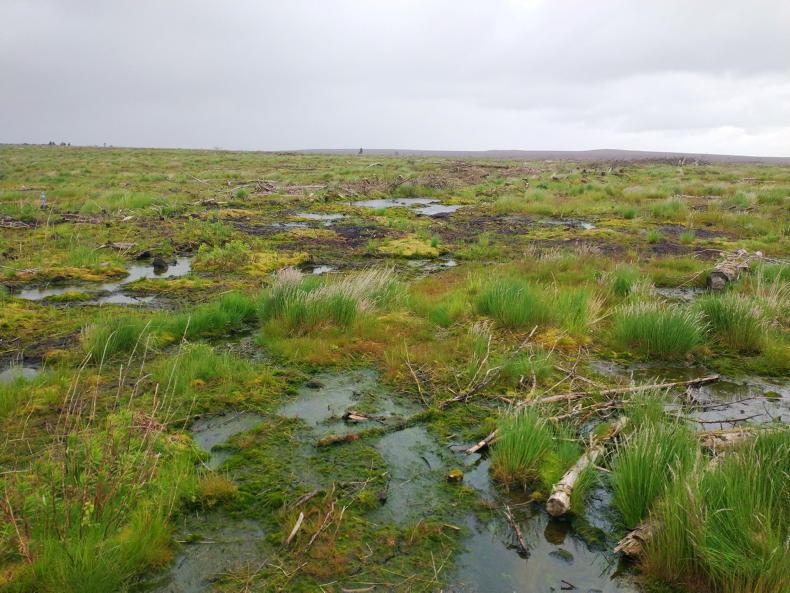
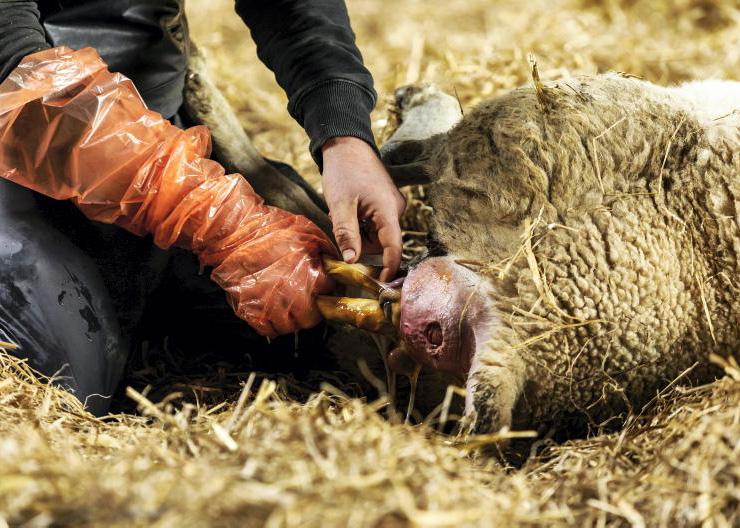
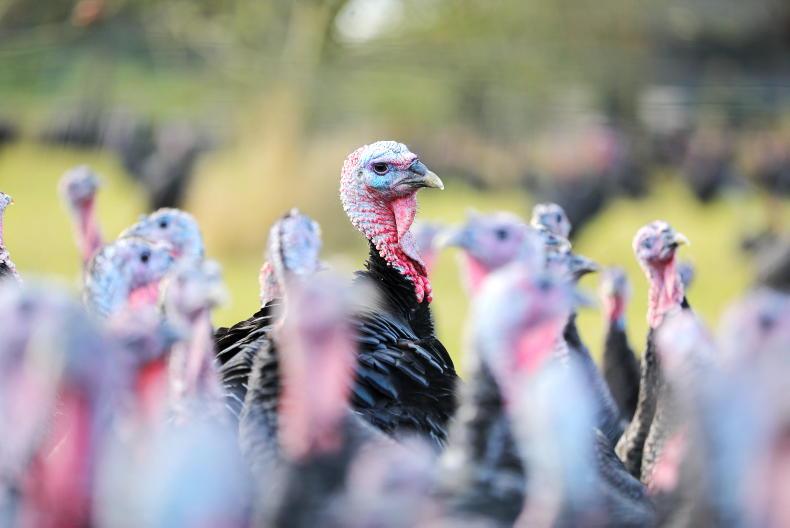
SHARING OPTIONS